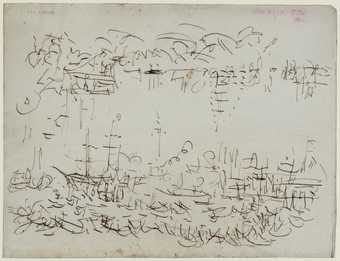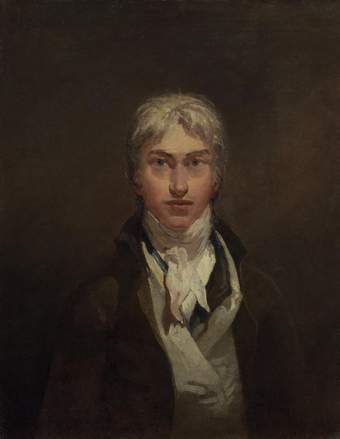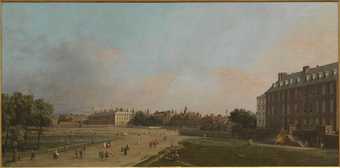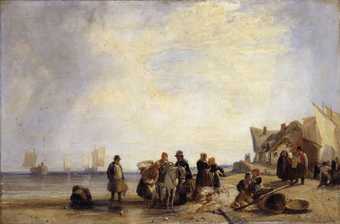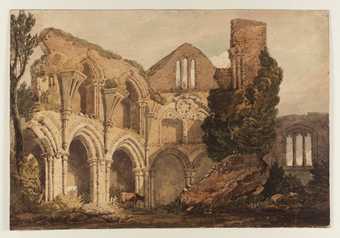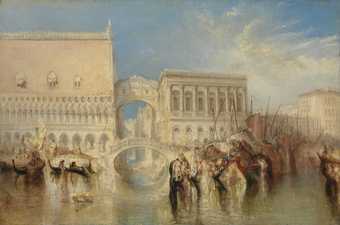
Joseph Mallord William Turner
Venice, the Bridge of Sighs (exhibited 1840)
Tate
Even among Venice's many distinguished artistic visitors, Turner remains one of the few to find a true echo of his own sensibility in the unique qualities of this sublime floating city. His career was remarkable for its successes and its innovations yet his images of Venice were quickly recognised by their first viewers as some of his most magical, luminous works. Turner's vision remains as vital today, expressing as it does the often inchoate and funereal qualities of the Venetian experience.
Much of the material to be included in the exhibition is part of the Turner Bequest in the Tate Collection but, because of its fragile nature, a significant amount is not normally on view. Some of the watercolours will be displayed for the first time, including several of the romantic and mysterious studies Turner painted of Venice by moonlight. Among other highlights will be the chance to see pairs of pictures that were conceived as pendants, but which have been separated since they were sold shortly after being completed. For instance, the 1840 pairing of Tate's Venice, the Bridge of Sighs and Venice, from the Canale della Giudecca, Chiesa di S.Maria della Salute from the Victoria and Albert Museum will be reunited. There will be extensive loans from public collections such as the Metropolitan Museum of Art, New York and the Toledo Museum of Art as well as many works from private collections.
The exhibition will also explore the influence of Venetian masters Titian and Tintoretto and will include work by Canaletto. It will also shed light on the relationship between the work of Turner and that of his contemporaries such as Richard Parkes Bonington and Samuel Prout. A further dimension is Turner's interest in literary evocations of Venice, notably those of Shakespeare and Lord Byron, which helped to shape and define his own reactions.
But the exhibition is above all devoted to Turner's own paintings and his luminous watercolours, set out as a tour of his Venice. Beginning with the monumental centre around the Doge's Palace and the Basilica of San Marco, the succeeding rooms draw the visitor deeper into the city's topography. This sequence culminates with a series of views of the Lagoon in which the city becomes merely a component part in Turner's meditations on light, colour and the reflective surfaces of water and stone.


